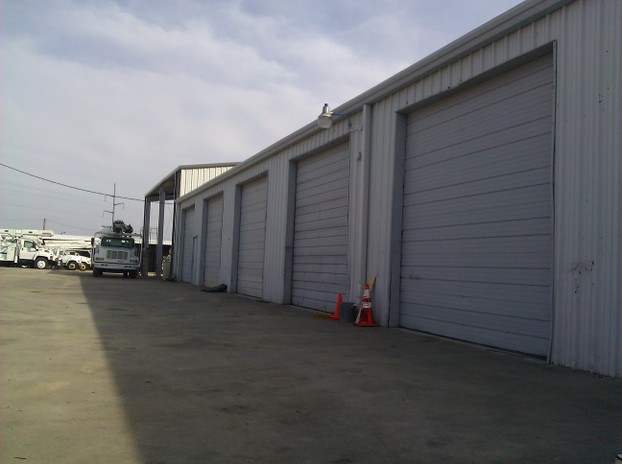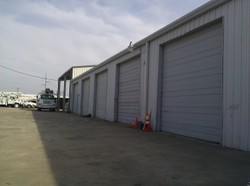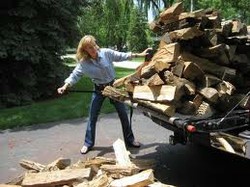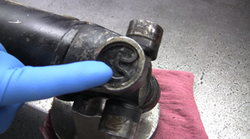When working in or on bucket trucks your number one priority should be safety. Often, workers will be lifted over 60 feet in the air while working at a job site. Safety is of the utmost importance to workers, companies, and the government. That is why we have federal regulations in place. The DOT, ANSI, and OSHA have all come up with strategic inspection requirements based around making work in bucket trucks and cherry pickers more safe and suitable for the workers utilizing them. These inspection processes are generalized into three separate groups, explained below.

Bucket Truck Inspections - DOT, ANSI & OSHA
by SWEquipment
No one likes inspections. Some states require them for all MVs. If you're buying a bucket truck, it needs to be inspected thoroughly. This article will guide you through each type.
Acoustic, Dielectric and Structural
Three very important aspects of inspections
This first group covered is what we call acoustic inspections. The name says a lot in that a computer analyzes the acoustics and sounds produced by the truck while it is running or holding a heavy load. The computer considers the size of the truck and the frequency of the sounds it makes and additionally outputs a quality score or grade which in indicative of the stability of your heavy equipment.
The next requirement we'll get into is the AC or DC dielectric system test. For those of you who don't know, per Wikipedia (see reference below), a dielectric is an electrical insulator that can be polarized by an applied electric field. This is used for insulated bucket trucks. An insulated bucket truck is a truck that is equipped with an insulated boom and bucket that is there for protection against electric shock. This inspection encompasses an oil spectro-analysis, stability test, and checks the thickness of mechanical parts. These tests are relevant with respect to DOT inspections. The DOT is the Department of Transportation.
The third, and most important inspection is the structural inspection. If your bucket truck isn't stable, then you seriously shouldn't be using it. In this inspection, thirteen parts of the truck are evaluated thoroughly by a certified inspector that has been approved by the DOT. Bucket truck inspections should be performed by certified dealers such as Southwest Equipment, who performs DOT Inspections regularly. Areas inspected include the outriggers, chassis, elbow structure, machine platform, self-recovery device and digger (when applicable), upper boom, material handler and lower boom. This inspection is imperative because if any one of these parts fail, it could cause serious injury or death to the worker.
Now that you are more familiar with the inspection process, you can be more aware of the potential problems and accidents that can happen when using bucket trucks. Safety is the biggest and most serious part of working on utility trucks and should be treated with an appropriate amount of respect. After having your heavy equipment inspected, it's recommended to go to another service shop and have a mechanic look it over again. It never hurts to have a second opinion. You can never be too safe.
What is the OSHA?
Find The Right Shop!
Picture of a garage equipped to fit large 4X4s and other utility trucks for inspection.
 The shop at Southwest Equipment |
Dielectric on Wikipedia
Dielectric, defined.
YouTube
Check out this video!
Altec bucket Trucks
Another Article
The Many Uses For A Bucket Truck
Check out this place
:)
UTruckSales
UTruckSales in your online guide to finding utility trucks, 4X4s, semi trucks and other heavy equipment. Visit them today!
You might also like
Easy Truck UnloaderA simple light weight product easy to install and easy to remove yet unloads ...
How To Change A U Joint on a Pickup TruckLearn how to replace a U-Joint on a Truck. They are all pretty similar. All y...






Please leave us some feedback. If you have questions, ask them below!
How can I get certified to do inspection on boom trucks
Yes, Safety is very important, and that should be the main goal when following regulations. I previously worked for a government division that handled certain inspections, among other things. For those that did not follow the rules, there were some unfortunate and tragic results at times (accidents and injuries).